Pyrex are made from materials specifically tailored for cooking purposes, implying that they are ideal to withstand extreme temperatures. Despite this, Pyrex products must be used with ultimate care, particularly when cooking your meal with high heat. So, is Pyrex microwave-safe?
The main concern is that there is a possible risk linked with glassware for cooking food in a household microwave. Let’s discuss whether Pyrex is microwave-safe and the potential hazards associated with microwaving the brand-name glassware.
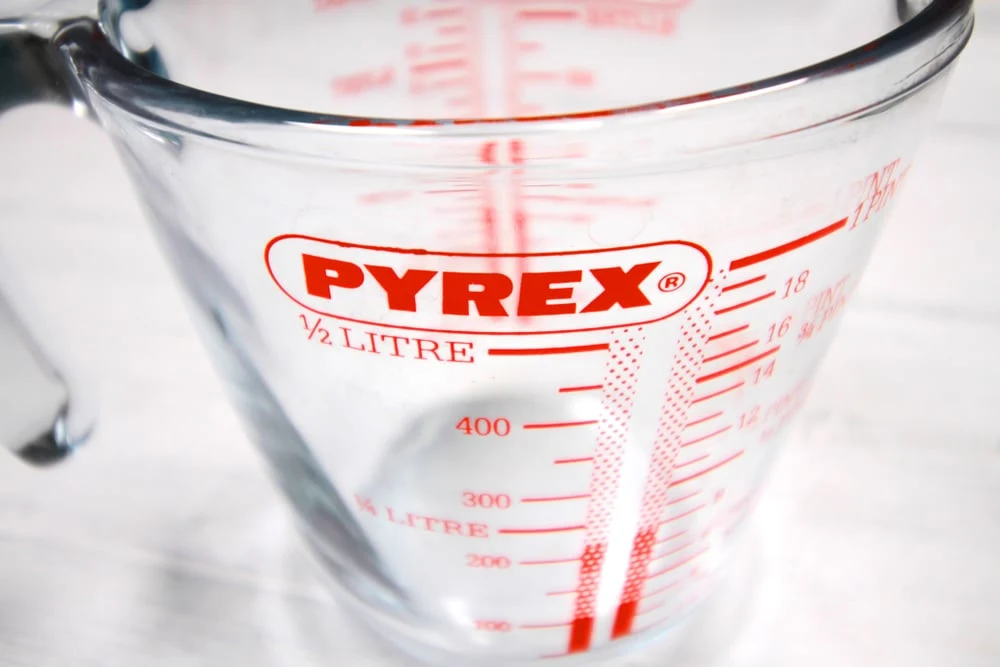
Is Pyrex microwave safe? You can microwave Pyrex because the glassware is microwave safe. Pyrex glass dishes are thick and durable compared to regular glassware, which improves their safety while cooking or microwaving.
They are made out of three elements: fluxes, former, and stabilizers. These allow the glassware to endure high temperature for long time.
Comparing Pyrex and regular glasses, the glass can break because of the impact associated with knocking and dropping it. Secondly, the glass can break due to the sudden change in temperature, therefore microwaving cold Pyrex is not recommended.
In case you will be using Pyrex glass products in the microwave, the whole process is safe. If you are not sure, read this article to have your doubts and frequently asked questions cleared up!
What is Microwave Safe?
Many people find it challenging to distinguish microwave safe materials and the unsafe ones. You might be familiar with several plates and bowls that you are even unsure if they are microwave safe.
However, do not be fooled by anyone. You can go the extra mile to confirm if it is true or false.
If you utilize the wrong bowl or dish, chances are that your food and microwave can be damaged. To tell if something is microwave-safe, you must consider checking the microwave-safe symbol or label. This is located at the bottom of the plate or original packaging.
Some products can destroy your microwave, while others melt, break, or scald you.
With that in mind, microwave-safe containers are ideal for storing, cooking, and reheating meals. Among the most common materials safe for microwave use are glass, ceramic, and plastics.
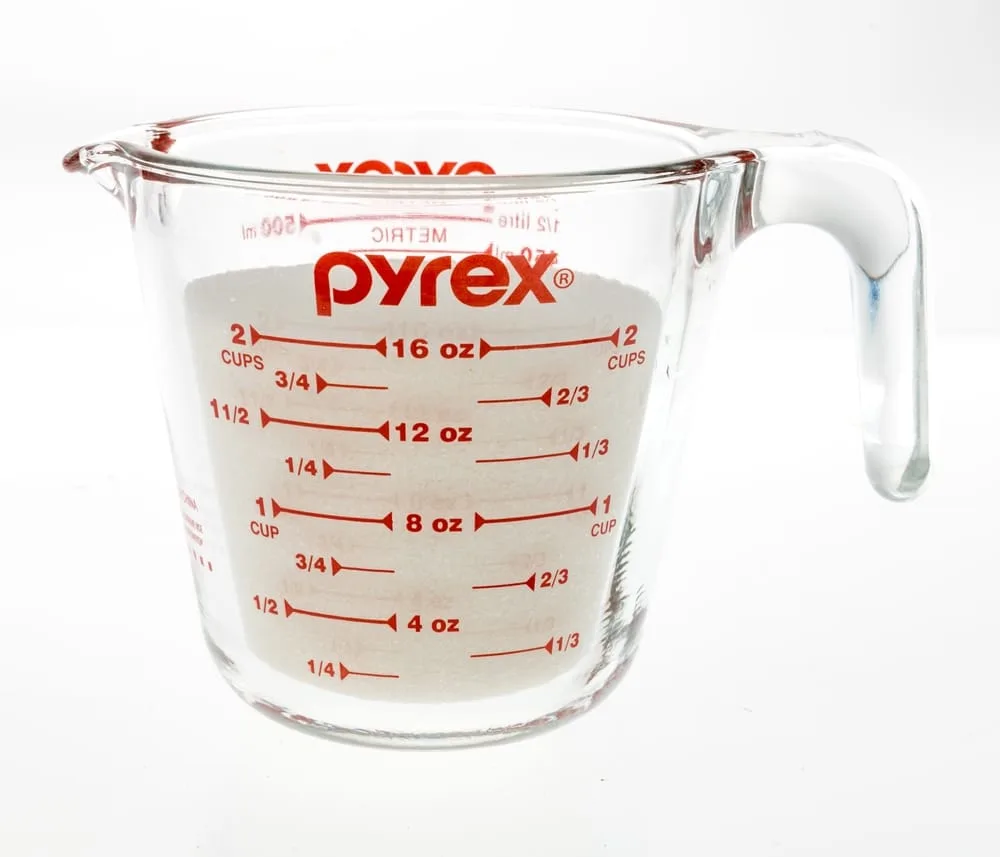
What is Pyrex made of?
Pyrex refers to a borosilicate glass that is manufactured through corning glass.
It is created via heating raw materials such as boric oxide and silica to high temperatures for a prolonged time. The molten compound is then employed in creating various kinds of glassware.
The common materials utilized to make Pyrex products comprise fluxes, formers, and stabilizers.
- Formers are basically the key components in the making and they include crystalline materials. Wwhen exposed to high temperatures, they can melt and cool at ease to make glass.
- Flux materials are elements that aid in minimizing the temperature needed to achieve the ideal melting point.
- Stabilizer materials are utilized to prevent the glass from breaking, crumpling, and/or falling apart.
These three materials are essential since fluxes normally destabilize glass elements. When used in conjunction with each other, the result is a brand name line of products that has been around for decades.
Can Pyrex go in the microwave?
Pyrex is microwave safe. The manufacture guarantees users that the products are thicker and harder than most glassware brands, making them tolerant in high temperatures.
Despite being safe to use Pyrex products in the microwave, there are benefits and risks involved in this process.
When purchasing Pyrex glass products, you will find a label or symbol on the bottom. This indicates that it is microwave-safe, freezer-safe, and/or oven-safe. However, several users have experienced issues such as exploding and cracking.
Why does this happen? It is not safe to microwave cold glass. The thermal dynamic transition between hot and cold or vice versa needs to be smooth and gradual. This is to not shock or disrupt the solid matter.
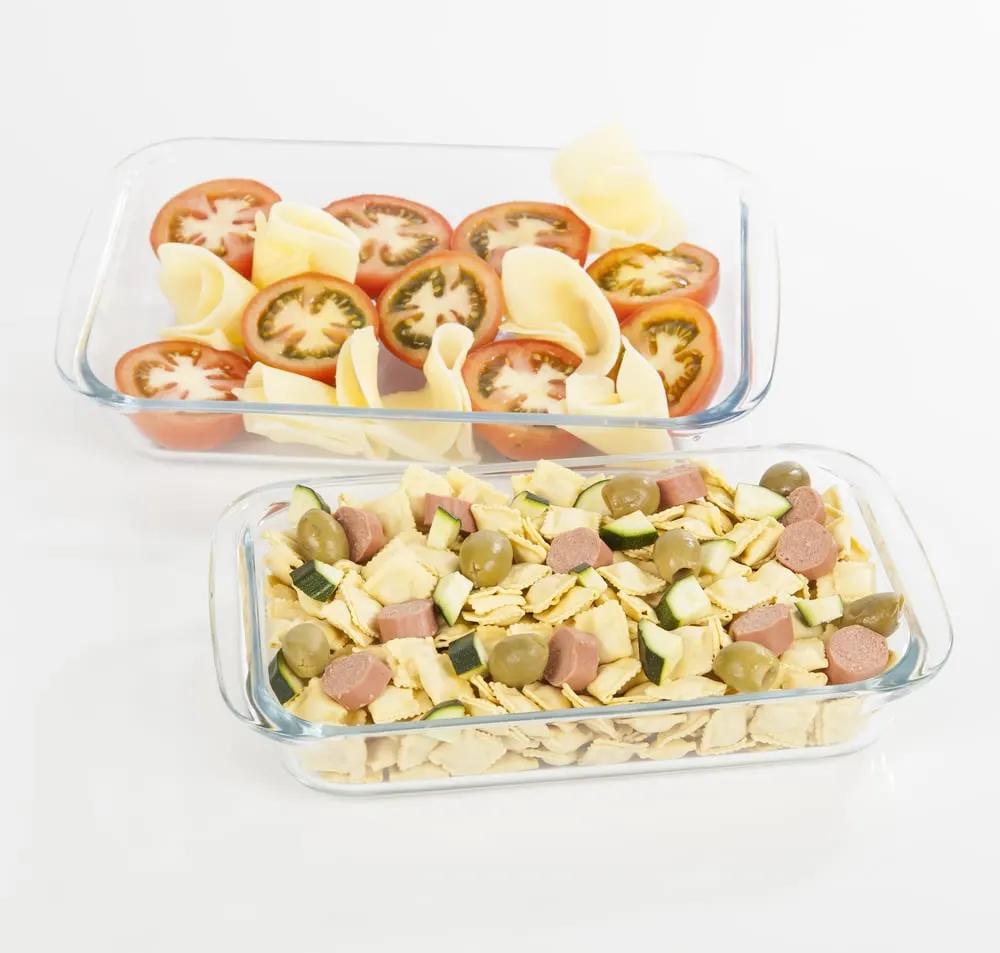
Usually, the Pyrex glass is safe in the microwave.
If you take a Pyrex dish out of the freezer, do not put it directly into your microwave oroven. If you do so, the glass container or dish will explode and shatter small pieces of glass.
Alternatively, Pyrex glassware must not be removed from the hot microwave and placed directly into the cold fridge or freezer. If you do so, your Pyrex glassware will rapidly change in temperature which results in cracking or shattering due to thermal shock.
That being said, Pyrex glassware is safe to use in your microwave. However, follow some conditions to avoid breaking your Pyrex dishes.
The idea is that avoid pouring anything hot into cold glassware. Alternatively, avoid placing hot Pyrex glassware into very cold spaces.
Tips to microwave Pyrex safely
Microwaving Pyrex is easy and safe. You only need to follow the guide given by the manufacturer.
The manufacturer recommendations highlight safety usage tips such as:
- Before placing your food into a microwave, ensure that it thaws in case it is frozen. The good thing about Pyrex manufacturer is that it has developed some bowls and jugs that are easy to transfer to your microwave faster. Notwithstanding, give the frozen meal time to thaw into the bowl prior to microwaving.
- Follow manufacturer guidelines strictly. Consider following everything shared by the manufacturer when utilizing Pyrex glassware containers, cups, or cookware. There is straightforward information highlighting the longevity and safety standards of the product.
- Begin on low power and if there is condensation then you must wipe it away before microwaving. In case of difficulty, inconvenience, and/or glass is frozen; consider heating steadily on low or defrost setting for some time to enable it to thaw.
Even though Pyrex is microwave-safe. Without precaution and care, you may crack, break, and reduce life expectancy in half.
To avoid these issues, use the Pyrex glass that has already thawed or defrosted food in the microwave, and follow the manufacturer’s guide in the manual for each glassware type.
Lastly, if not sure, always start with low power and remove any condensation. While cooking or reheating food in the Pyrex, use these tips for best results and longevity with your Pyrex dishes.
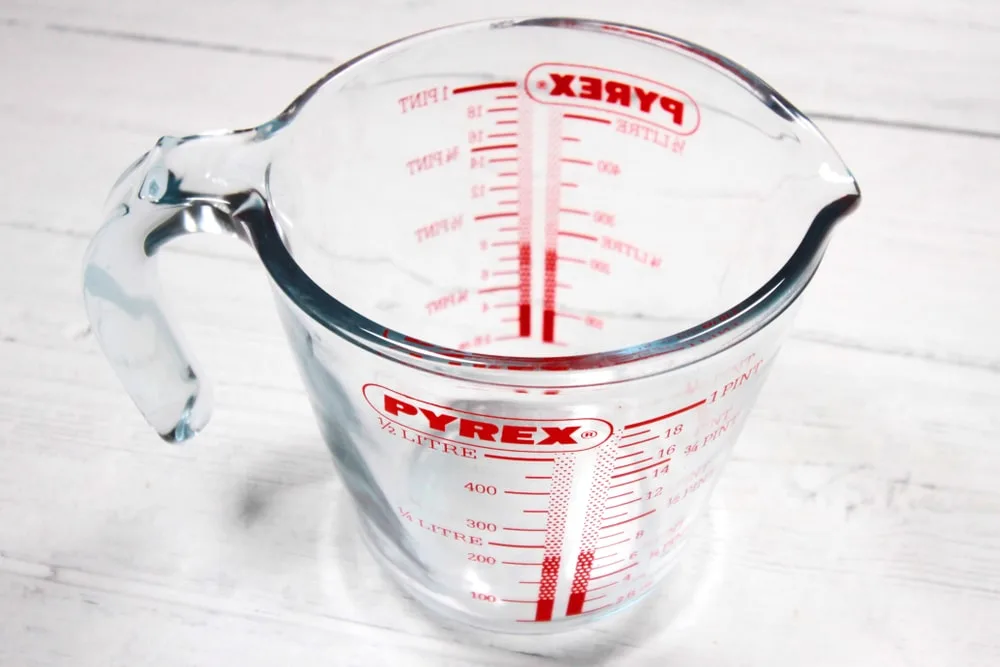
Best Method
The best way to microwave Pyrex glassware is to steadily preheat the dish, cups, jugs, or bowls prior to introducing them to a drastic temperature change.
There are thermodynamics laws that state the temperature should be gradually changed otherwise your glassware will face a risk of rapid contraction and expansion causing it to shatter.
The first thing to microwaving Pyrex starts by selecting a microwave-safe dish. Confirm this from the package instructions, manufacturer’s recommendations, and the fact that a safe dish has a label microwave-safe on the bottom.
After confirming safety, the next thing is to ensure that the dish is not dry. Add some water to help safeguard the dish.
Remember, this must be done to a meal that produces steam. An important thing to keep in mind is to avoid reheating dry meals on glass cookware in the microwave.
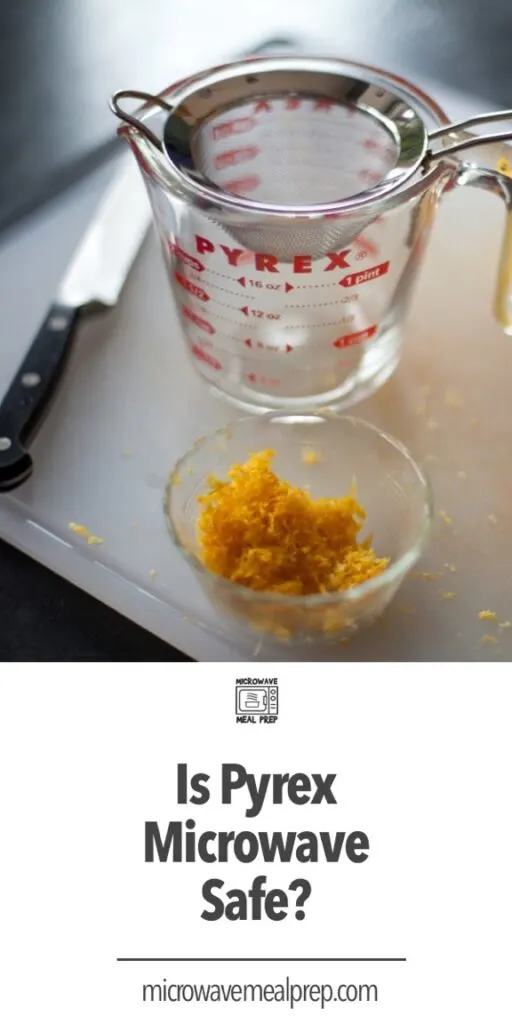
Microwave Safe Pyrex: Final Thoughts
In a nutshell, microwaving food in Pyrex products is safe if the container is labeled for microwave use. If you select the right line of products and follow the manufacturer’s guidelines, then you will have nothing to worry about.
Compared to regular glass, Pyrex is made out of thick and hard glass with raw ingredients such as boric oxide and silica. Furthermore, each product goes through three elements including fluxes, formers, and stabilizers to strengthen its durability while placed at high temperatures such as in a microwave.
Even though the product indicates the microwave-safe symbol, you may encounter Pyrex breaking, shattering, or cracking. This incident is typically caused if the food is placed as frozen in the sudden high heat that transferred caused the glass to break apart.
The best practice is to always thaw or gradually temper frozen foods before using cold Pyrex glass in a microwave.
In order to microwave Pyrex safely, you must defrost food and also use a manufactured guide.
The manual for each glassware recommends to start using Pyrex on low heat to cook or reheat cold food. By doing so, you will eliminate the condensation during the heating process.
Keep in mind the goal is to introduce the Pyrex in gradual heat temperatures instead of sudden extreme heat. To heat any dry meals, add a splash of water or cover with a damp paper towel to keep the moisture trapped in to avoid burning.
Don’t forget to purchase a product depending on your preferences and needs. Fortunately, products by Pyrex are created with similar top-notch standards and safety microwaving assurance.
Just check these safety standards on the product label and if nothing is printed, consider looking for another option.
Frequently Asked Questions (FAQs)
Yes, Pyrex is microwave-safe.
Pyrex can break in the microwave if it is subjected to thermal shock, which is a sudden and extreme change in temperature. This can happen if you put a cold Pyrex dish in a hot microwave, or if you take a hot Pyrex dish out of the microwave and set it on a cold surface.
Yes, Pyrex bowls with lids are microwave-safe. Both the glass bowl and the plastic lid are designed to withstand the heat of the microwave.
To be microwave-safe means that a material or product can be safely used in a microwave oven without melting, warping, or releasing harmful chemicals into the food.
